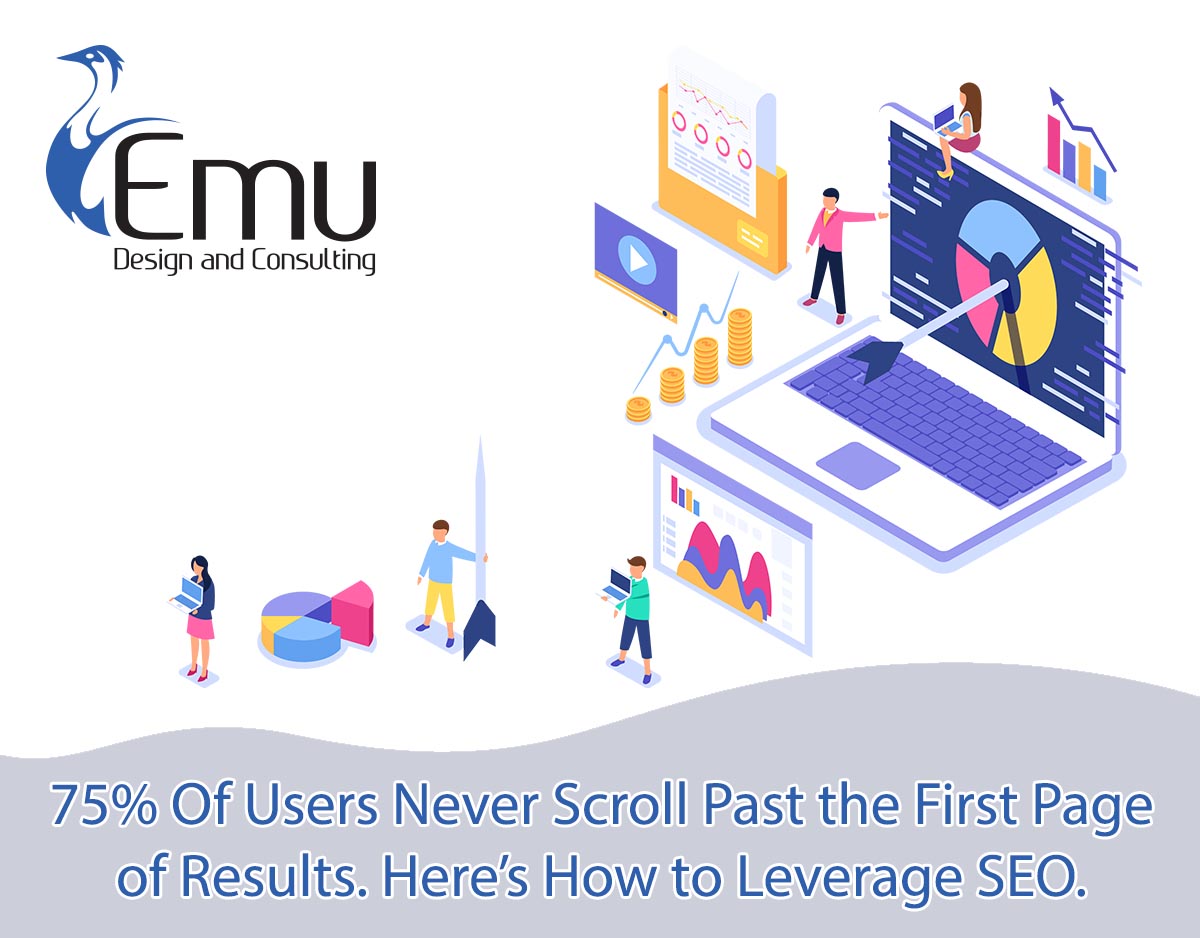How to Leverage SEO in 2019
Search engine optimization, or SEO, gets so much attention – and for good reason. It sets successful blogs and websites apart from unsuccessful ones. For businesses, getting traffic via search engines is imperative to marketing: it drives sales and brand awareness. Besides, you have a beautifully crafted website… don’t you want people to see it?
If you’re new to the term, SEO can be a daunting concept to grasp. It changes regularly as search engine algorithms are updated and the number of websites populating the internet increases. For instance, SEO in 2001 is vastly different from SEO in 2009 and eons different than SEO today. However, its definition remains the same: SEO involves practices that drive traffic to specific web pages through search terms web users type into search engines, usually to find information or products. For businesses online, new traffic can mean new customers. SEO is an effective sales tool that is essential to modern marketing.
SEO Today
Although much SEO advice tends to focus on Google’s algorithms, Bing and Yahoo! are upping their search engine game. The goal is to get a website, blog, forum or other web resource as close to the top of web users’ search results as possible. Speaking of, did you know that 75% of Internet users – seventy five! – never scroll past the first page of search results? So there’s a lot of pressure to get on Page 1. This can be accomplished with:
- Varying content from page to page on a website
- Using high-quality keywords in title, subheaders and captions
- Creating high quality content that appeals to the intended audience
- Consistent, frequent posting or updates rich with hyperlinks
- Ensuring that pages are accessible to mobile devices
- Original content is lengthy and packed with images
Statistics on SEO in Content Marketing
Employing an organized and focused content strategy can give you dramatic results in terms of engagement. According to Hubspot, 61 percent of marketing experts rate growing organic engagement through SEO as their main inbound marketing strategy. This is likely because organic traffic is 5.66 times more effective than traditional advertising.
- 93 percent of all online experiences begin with a search engine.
- Even though there are other search engines, attuning yourself to Google’s algorithm presents a considerable pay-off.
- Google directs 94 percent of all organic website traffic and 96 percent of mobile traffic.
- Upwards of 51 percent of mobile users claim that they’ve found a new product or company while using their smartphone, tablet, or other device.
- Approximately 90 of those looking for a product or service rely on search results to guide their purchase decisions.
Varying Marketing Content for SEO
According to Moz, search engine algorithms – most notably Google’s – rank duplicate content lower. Search engines have gotten smarter over the years. Now, they show preference to sites that provide valuable content to users. They aren’t looking for keywords anymore. They are looking for answers to questions. Original content on every page of a website shows search engines that the site is populated by high-quality, custom-designed content worthy of web users’ attention.
Paraphrasing and hyperlinking can provide consistency in information without exact repetition. If you use information from external sources, explain the information in your own words and then include the hyperlink in your text. Also, make sure every page is comprehensive in its assigned content, and then use internal links to reference that information in other areas of your website. In addition to helping with SEO, this will cut down on redundancy.
How to Make The Most of SEO
More content, higher frequency, quality imagery – all of this isn’t great news for an already overwhelmed small business owner. However there are three strategies that are worth noting to fully capitalize on SEO. All of which, Emu already does for you.
- Monitor changes. Regardless of the SEO strategy you implement and the changes you decide to make first, the most important thing is to monitor them, in other words, to see what impact they have. Otherwise, you will never know if you took the right decision and if you should focus in the same direction or not.
- Create a clear structure of the site. It doesn’t matter what Search Engine Optimization strategy you use if the structure of your site is not coherent. After all, both humans and search engine spiders appreciate an orderly site. Therefore, when you create the site’s architecture, you have to structure it in categories, subcategories, and internal links (which reinforce the structure).
- Build internal, as well as inbound links. Building internal and inbound links is an ongoing process, which has to be taken care of every day. Any new content on your website has to be immediately linked with the rest of the pages because otherwise, it will become “orphan” and it will be much harder to find both for Google crawlers and users.
How Long Will It Take to See Results of SEO?
According to SEO Mechanic, it can take 4-6 months to start to see results. Depending on the frequency of your digital marketing tactics, it may take closer to a year or two to experience the full benefits of optimization. Increasing traffic is a long-term investment that pays off in terms of increased sales, more followers on social media and heightened brand awareness. In that time, you can successfully grow a small- or medium-sized business into one that reaches out to millions of internet users.
Increasing SEO often has other positive effects over time, too. The work it takes to boost your website’s SEO can also:
- Boost the richness of your content
- Increase the word economy of web copy
- Save money on advertising
- Increase the efficiency of your overall marketing strategy
- Build you to be the leading expert in your market

